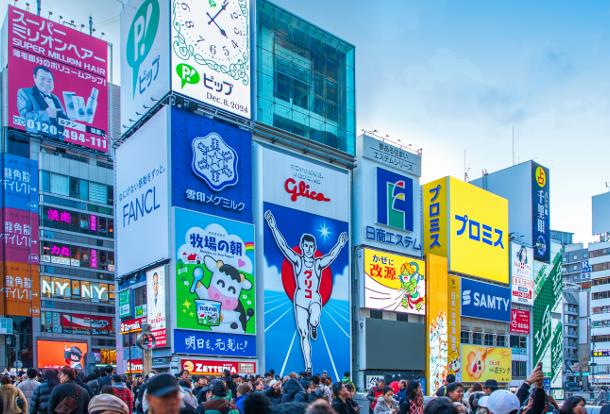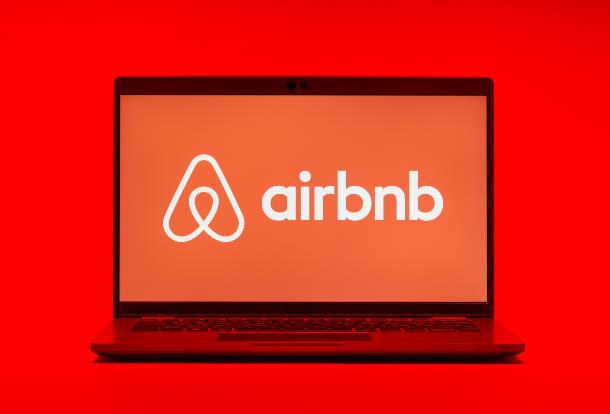Expansion of the online travel market
According to Global Online Travel Market Report published by yStats.com, the online travel market is expanding worldwide and forecasted to maintain positive despite a slowing growth rate. Much of the growth in the travel industry is expected to come from millennials and younger travelers who have high expectations in terms of service, make decisions based on travel recommendations and other travelers’ reviews and expect a personalized customer approach in their travel purchase journey. The adoption of mobile booking technology and travel apps plays a crucial role in the ongoing development of the global travel market. Countries of Latin America and Asia-Pacific are the leaders of mobile booking adoption, where smartphone users have reported that they are comfortable researching, booking and planning their entire journey using only a mobile device, as the yStats.com report shows.
Note: Global Online Travel Market 2018, by yStats.com
How to select the most relevant forms of payment by country?
When selling cross border, travel merchants will need to consider that foreign consumers often feel most comfortable and secure booking online when they fully understand what’s being offered and the online findings match their local culture and local language(s). Local currency and local payment methods play an important role as well, as consumers will be expecting a similar user experience with established local online merchants that they have grown accustomed to.
Many aspects play a role when selecting a local payment method for your cross-border sales. With more than 300 payment options to choose from, relevance is the most important factor. Which payment option is more suitable for your business cases (average transaction value, currency requirements)? Do the demographics match? Does the form of payment have the brand recognition and user base to contribute to your sales? How does this overlap with your target audience? What about costs, risk of fraud, deposit requirements? Will the integration be simple, does your technology partner (e.g. PSS provider ) support it? Is the user experience seamless and the operational processes, like refunding and reconciliation, business as usual?
Note: A passenger service system (PSS) is a series of critical systems used by airlines. The PSS usually comprises an airline reservations system, an airline inventory system and a departure control system (DCS).
Knowing what forms of payments are usually via a card or a bank account, there’s no need to adopt all forms of local payments offered by domestic players to ensure that the check-out is completed. Depending on the size of the market, starting with the top 3 (next to the global card brands) is a good rule of thumb. On Worldpay’s website you can find a tool to help you identify the local payment preferences of the markets you are interested in:
http://paythatway.worldpay.com/travel
Multi Currency Pricing combined with offering APM’s from the customer’s country will reduce costs and even create a revenue stream
Pricing in local currency or offering a variety of currencies during the booking process - a functionality typically referred to as “Multi Currency Pricing” - is likely to have a positive impact on the browse to buy ratio as customers will feel more comfortable when they see the price quoted in their local currency. For cards, if the transaction is made in the currency of the relevant card, the authorization success rate will also improve significantly. Showing a drop-down with a list of currencies on the payment page (or on the home page) has an additional benefit. It can also be applied when a consumer wants to pay with a (local) Alternative Payment Method. The currency selection can also drive the choice of payment methods. For a Chinese tourist booking for instance a domestic flight in the US, Alipay or WeChat Pay could then be offered in CNY, in addition to regular credit cards.
When selecting local or alternative payment methods it is also important to support, next to the main web booking flow, other payment touchpoints during the “passenger journey”. A seamless payment checkout process includes all stages when the customer is trying to make payments, whether on a mobile device, at the airport, on-board or at the destination (ground transportation or accommodation, if offered as part of the experience).
Set a localized payment strategy
Defining and rolling out a localized payment strategy is not a simple task for travel merchants and will require dedicated resources, investment, in-depth knowledge, but also perseverance and patience. There are many issues to consider (e.g. payment service providers, partner selection, regulations and policies) but when executed well, global expansion is likely to be easier and more successful with a localized approach! The payment experience, after all, is a major competitive differentiator.
Worldpay is working with the world’s leading travel companies; in 2018 we had more than 120 travel companies globally. We accept payments in 126 currencies, and we offer our merchants the ability to accept payments via global card schemes such as VISA and MasterCard and a number of alternative payment methods that are suitable for the travel sector (such as Klarna, Trustly, Alipay, UnionPay, WeChat Pay, Google Pay, Apple Pay and Samsung Pay). We have a team of payment professionals dedicated to the travel sector. From Strategy, Sales and Implementation to Project Management and Relationship management, our customers are supported by travel industry experts. Learn more about Worldpay here: https://www.worldpay.com/travel




